Chloride to Volatilize Gold
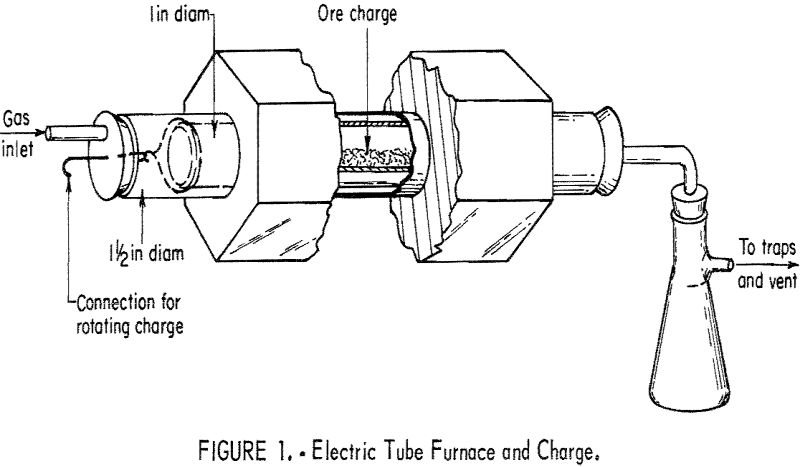
The Bureau of Mines has conducted extensive research to improve the extractive technology of gold and develop processes which may be applicable to refractory ores. Some metallurgists believe that the recovery of metallic values from ores and concentrates by vapor-transport techniques has great potential in the field of extractive metallurgy. The purpose of this phase […]
Recover Vanadium by Electrolysis
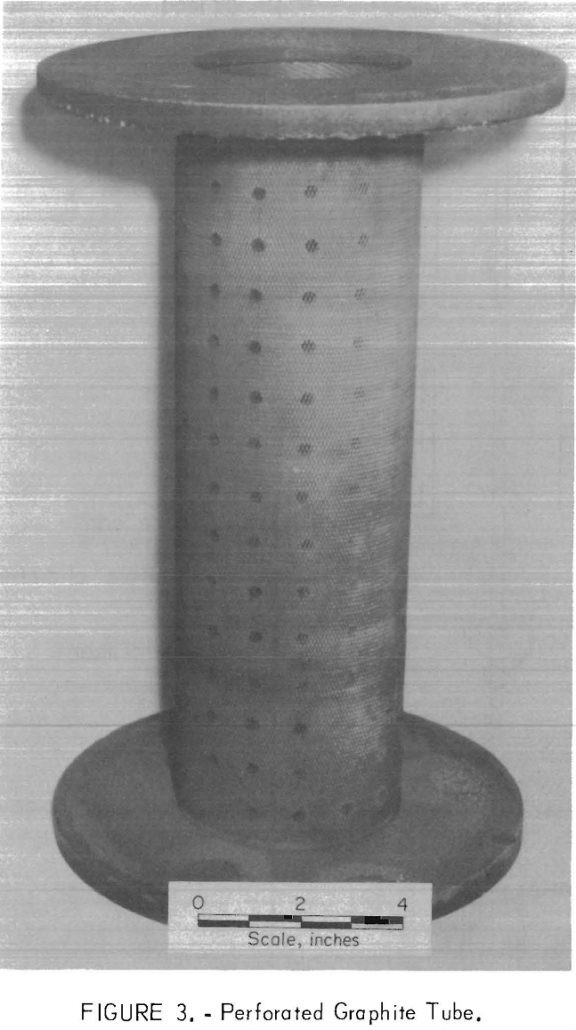
The preparation of ductile vanadium from vanadium carbide was investigated by the Bureau of Mines as a part of a research program on the extraction and utilization of vanadium resources. The vanadium was extracted from the vanadium carbide by electrolysis in a molten-salt electrolyte protected from oxidation by a helium atmosphere. The preparation of relatively […]
Improve Diamond Drill Penetration Rate
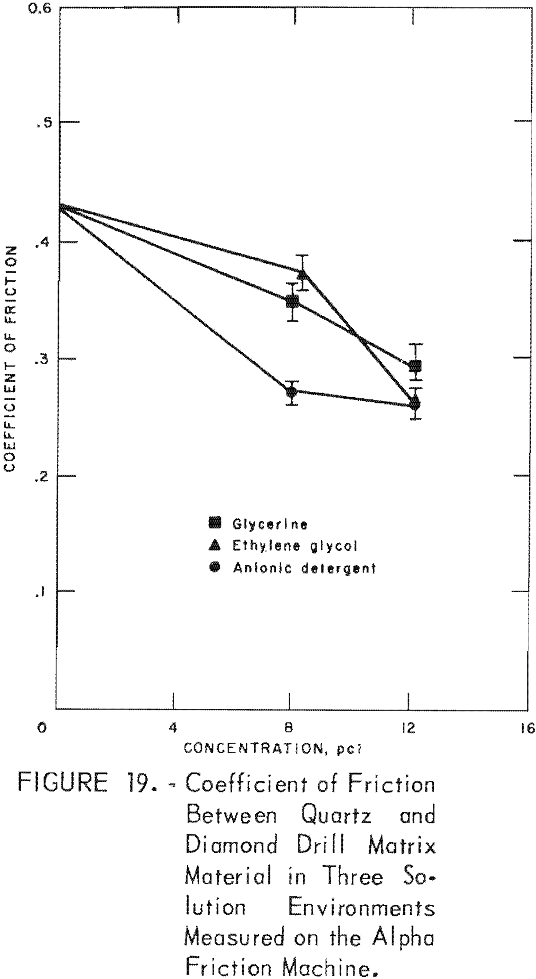
For some time researchers have attempted to increase drilling efficiency by adding certain agents to the flushing medium. Much of this interest is the result of the observations of Rehbinder, Shreiner, and Zhigach. They postulated that in processes for the mechanical destruction of solids, a region of increased crack formation is created in the deformed […]
Aluminum Alloys – Chemical Spot Tests

The Bureau of Mines is developing technology which will contribute to realizing the most effective use of recycled metals. Development of improved methods for the rapid identification of aluminum alloys has been included in this program. Methods for use outside the laboratory by nontechnical personnel for the identification of wrought alloys have been of primary […]
Dispersion Strengthening of Lead by Coprecipitation
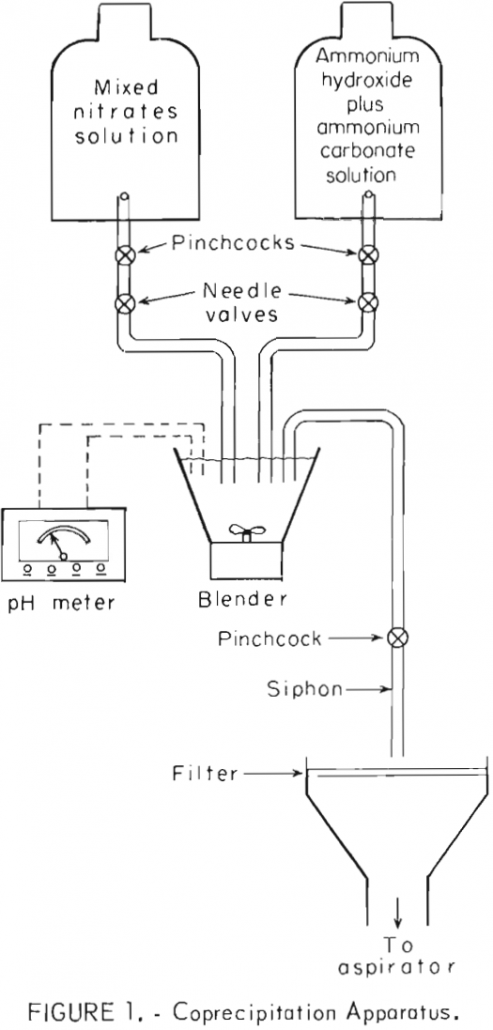
This research was conducted as a part of a Bureau of Mines aim to promote more efficient use of mineral-based materials. The objective of the study was to prepare high-strength, creep-resistant lead utilizing the coprecipitation method of dispersion strengthening. The excellent corrosion resistance of lead and its sound attenuation capability, easy formability, and other advantageous […]
Heavy Liquid Cyclone Separation
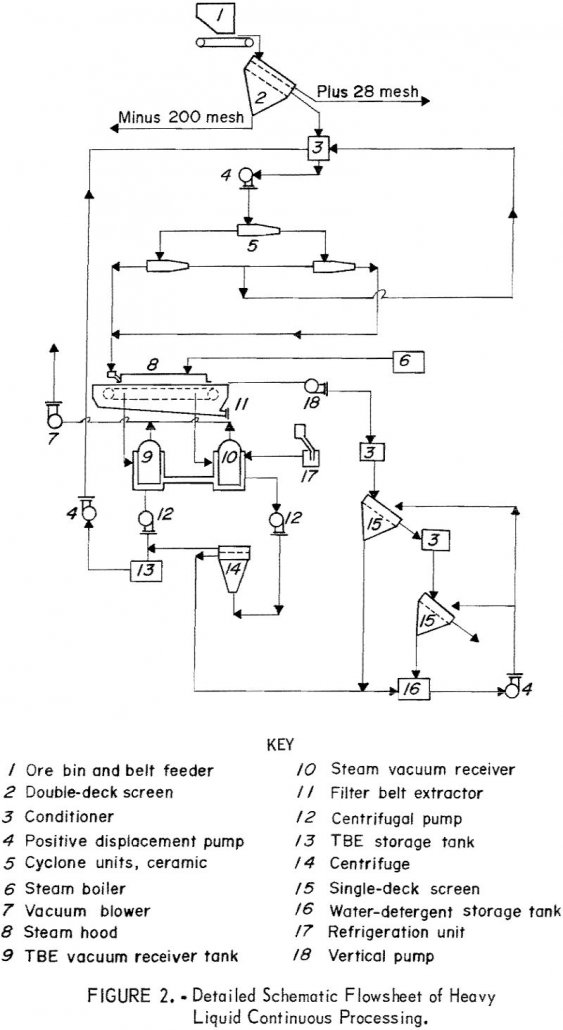
Kyanite ore deposits occur in the Southeastern United States. The ore reserves in this area are estimated at about 100 million tons having an average grade range from 10 to 30 percent kyanite. The Graves Mountain kyanite-quartz rock ore deposit consists of a prominent ridge about 1 mile long and 300 to 400 feet high. […]
Treatment High Clay Potash Ores by Flotation

Potassium is one of the three basic plant nutrients along with nitrogen and phosphorus. There is no substitute for potassium compounds in agriculture; they are essential to maintain and expand food production. Potash is found throughoul the world in both soluble and insoluble forms. Only the soluble forms are economically attractive to process, primarily as […]
How to Separate Columbium, Tantalum, Titanium and Zirconium
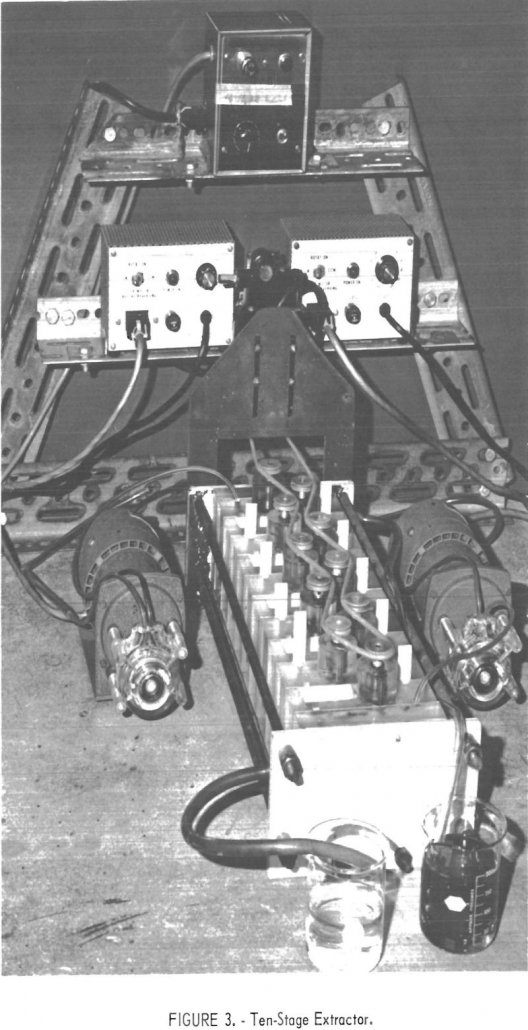
Waste products from the chlorination of rutile present a serious disposal problem because of the toxicity of some of the metallic ions when waste residues are dissolved in water and HCl gas is released into the atmosphere. Previous work showed that the water-soluble portion of the chlorination waste contained chloride and chloride-oxide complexes of Cb, […]
Mercury Detector

The Bureau of Mines recognized the need for a high-sensitivity mercury detector years ago and undertook the development of such an instrument at the Denver research facility. Although the detector has been used primarily in mining applications, the instrument could readily be adapted for use in pollution measurement. The amplifier circuit is designed for use […]
Use Recycled Waste Glass as Flux for Clay Firing

The Bureau of Mines Tuscaloosa Metallurgy Research Laboratory is conducting waste utilization research concerned with the development of building products from metal-free inorganic materials separated from municipal incinerator residues in the Bureau’s continuous residue-processing plant at the Edmonston Laboratory of the College Park Metallurgy Research Center. This is the third in a series of publications […]
